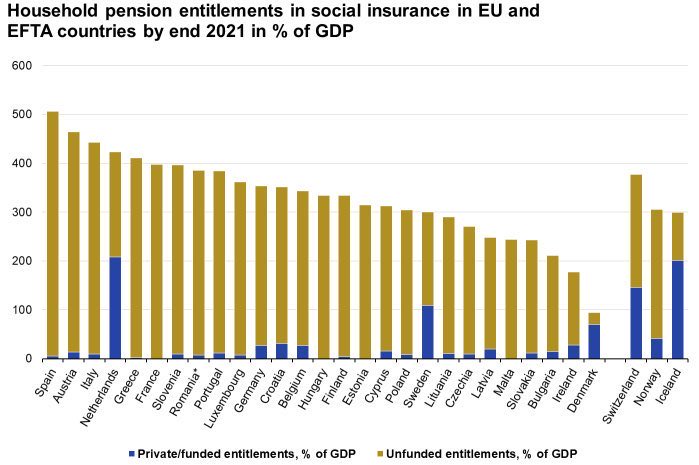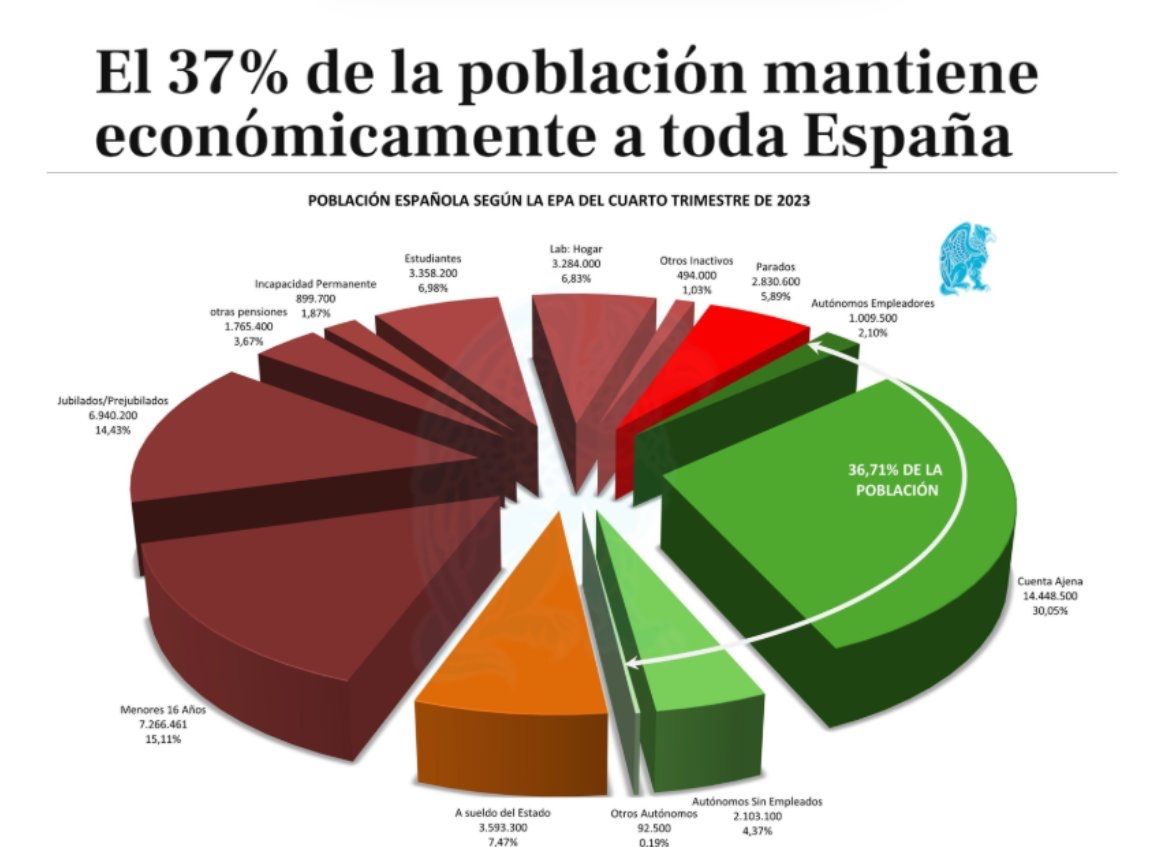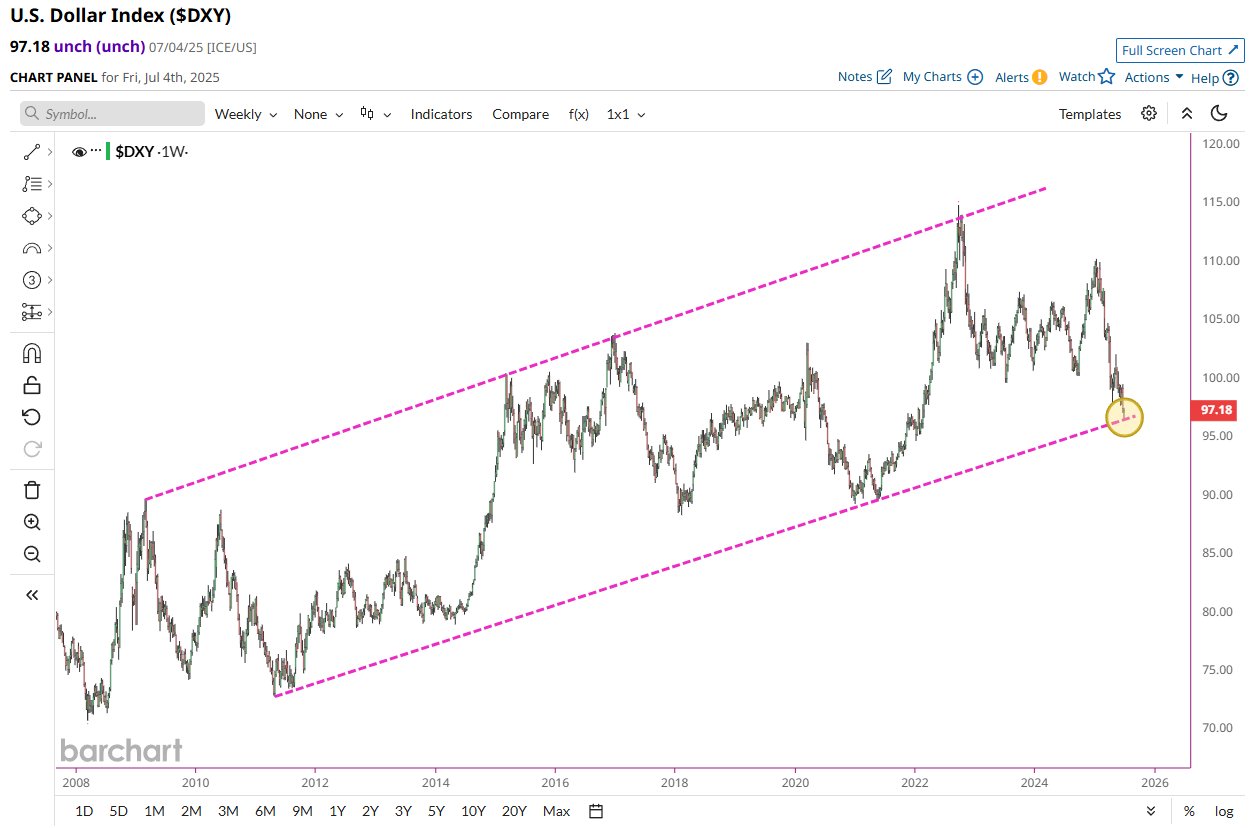1
Transición Estructural / Re:PPCC: Pisitófilos Creditófagos. Veranito 2025
« en: Julio 06, 2025, 18:10:55 pm »
KK
https://slopeofhope.com/2025/07/crack-up-booming.html
https://slopeofhope.com/2025/07/crack-up-booming.html
Citar
A Crack-Up Boom is a concept from Austrian economics, particularly associated with economist Ludwig von Mises, describing the chaotic final phase of a credit-induced economic boom that leads to the collapse of a monetary system. It occurs when excessive money printing and artificial credit expansion lead to hyperinflation, destroying confidence in the currency.
Key Features of a Crack-Up Boom:
Monetary Inflation & Credit Expansion
Central banks or governments continuously expand the money supply to sustain economic growth, keeping interest rates artificially low.
This leads to malinvestments (poorly allocated capital) and speculative bubbles.
Loss of Confidence in Currency
As inflation accelerates, people realize that holding cash is losing value rapidly.
They rush to spend money or convert it into real assets (gold, real estate, foreign currencies, stocks, etc.), further fueling price surges.
Breakdown of Monetary System
The velocity of money (how quickly money circulates) increases as people try to offload cash.
Prices spiral out of control, leading to hyperinflation (e.g., Weimar Germany, Zimbabwe, Venezuela).
The currency becomes practically worthless, and the economy collapses into a barter system or adopts a new currency.
Final Stage: Economic Collapse
Businesses fail due to distorted price signals.
Banks and financial institutions collapse as loans turn bad.
The government may impose price controls or capital restrictions, worsening the crisis.
Historical Examples:
Weimar Germany (1923) – Rampant money printing led to hyperinflation, with people using wheelbarrows of cash to buy bread.
Zimbabwe (2008) – The Zimbabwean dollar became worthless, leading to dollarization.
Venezuela (2010s–Present) – The bolívar collapsed due to excessive money printing and economic mismanagement.
Difference Between a Crack-Up Boom and a Regular Boom-Bust Cycle:
A normal boom-bust cycle (like the 2008 Financial Crisis) results in a recession but doesn’t necessarily destroy the currency.
A Crack-Up Boom ends in monetary destruction, requiring a complete reset (new currency, gold standard, or dollarization).
Conclusion:
A Crack-Up Boom is the catastrophic endgame of unchecked monetary expansion, where inflation spirals out of control, trust in money evaporates, and the financial system collapses. It represents the failure of fiat currency regimes that rely on perpetual credit growth.
De DeepSeek






 pecadoorrr.
pecadoorrr.

